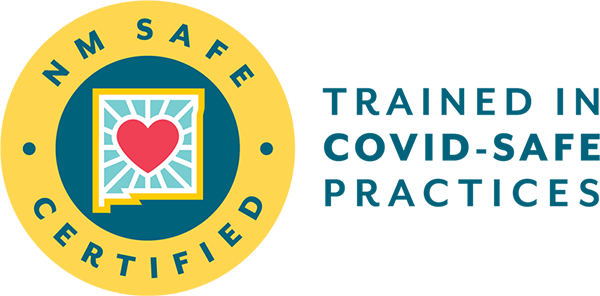Reclaiming Narrative: Indigenous Tourism at Taos Pueblo
For Ilona Spruce, tourism is personal. You will often find the Taos Pueblo member and Director of Tourism boots-on-the-ground, making things happen, meeting people where they are face to face. And whether she’s walking the grounds in her official vest or strategizing with coworkers and partners to do tourism better and better serve the current needs of the community, it’s a big responsibility. Like most things in life, it is a journey and one Spruce takes in stride.
“I met Angelisa before she even moved to Taos and became permanent, so I’ve watched her grow and grown alongside her.” Spruce shares. “We deal with bigger tour companies that come from other areas in buses and with massive itineraries, but Heritage Inspirations does things differently— local to the roots, unique and intimate. Because that’s Angelisa. She just understood from the get-go the uniqueness of the Pueblo and how being respectful is paramount. We both saw something that we could create together and knew that like anything worth doing, it would take time to get it right.”
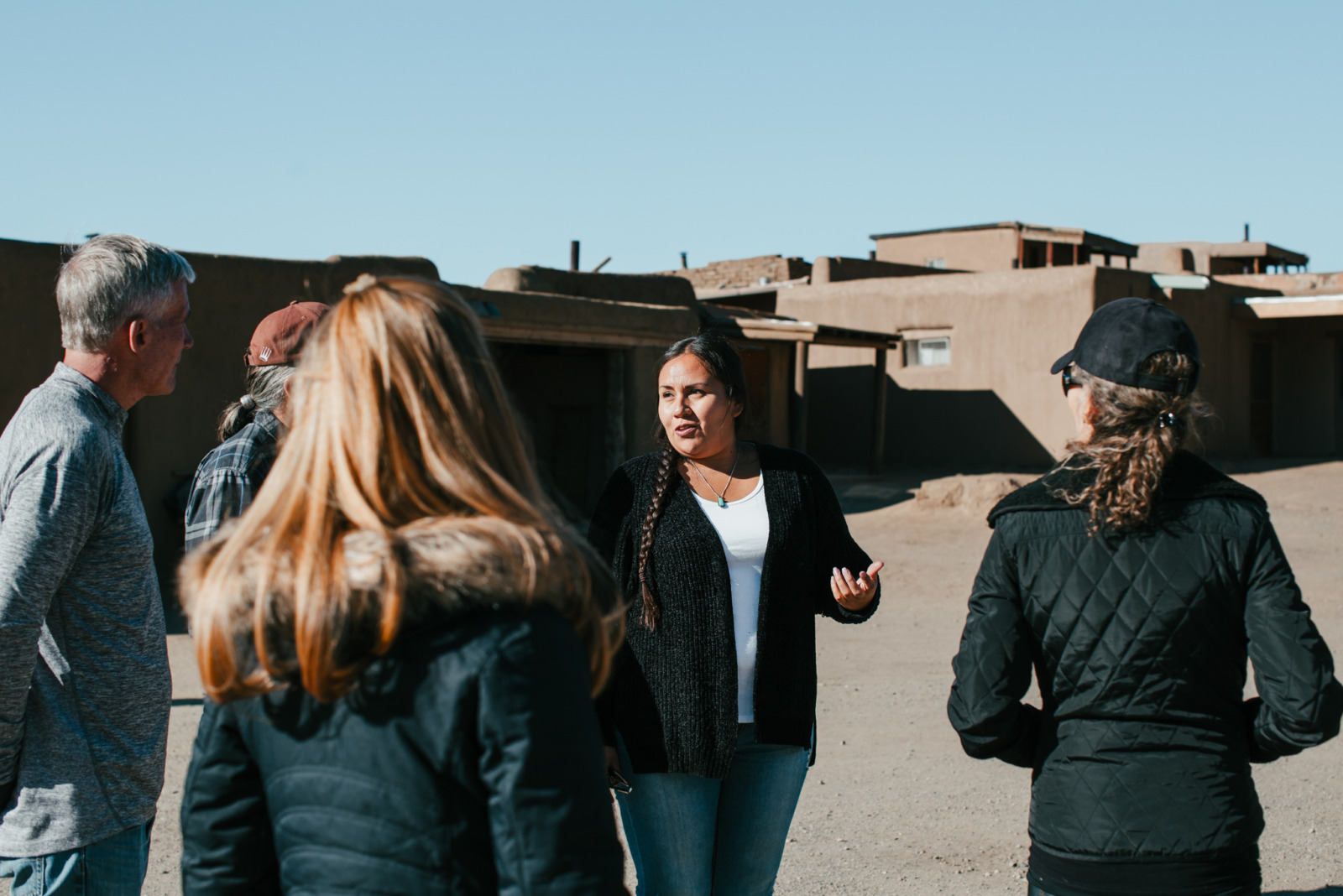
Now more than a decade later, Spruce complements large, multi-day festivals like San Geronimo feast day with H.I.’s Horno Baking which offers more than a delicious bread-baking experience. The size of H.I. groups is ideal, enabling Spruce to transform the visitor experience from one that’s performative and observational, to something more like an exchange.
“Visitors don’t just observe, they participate,” she says. “It’s a pathway to develop deeper cross-cultural empathy. These interactions challenge both visitor expectations and indigenous community perceptions. Intimate group sizes, intentional preparation, and genuine cultural sharing create spaces of authentic connection that help communicate such a rich, deep and complicated history.”

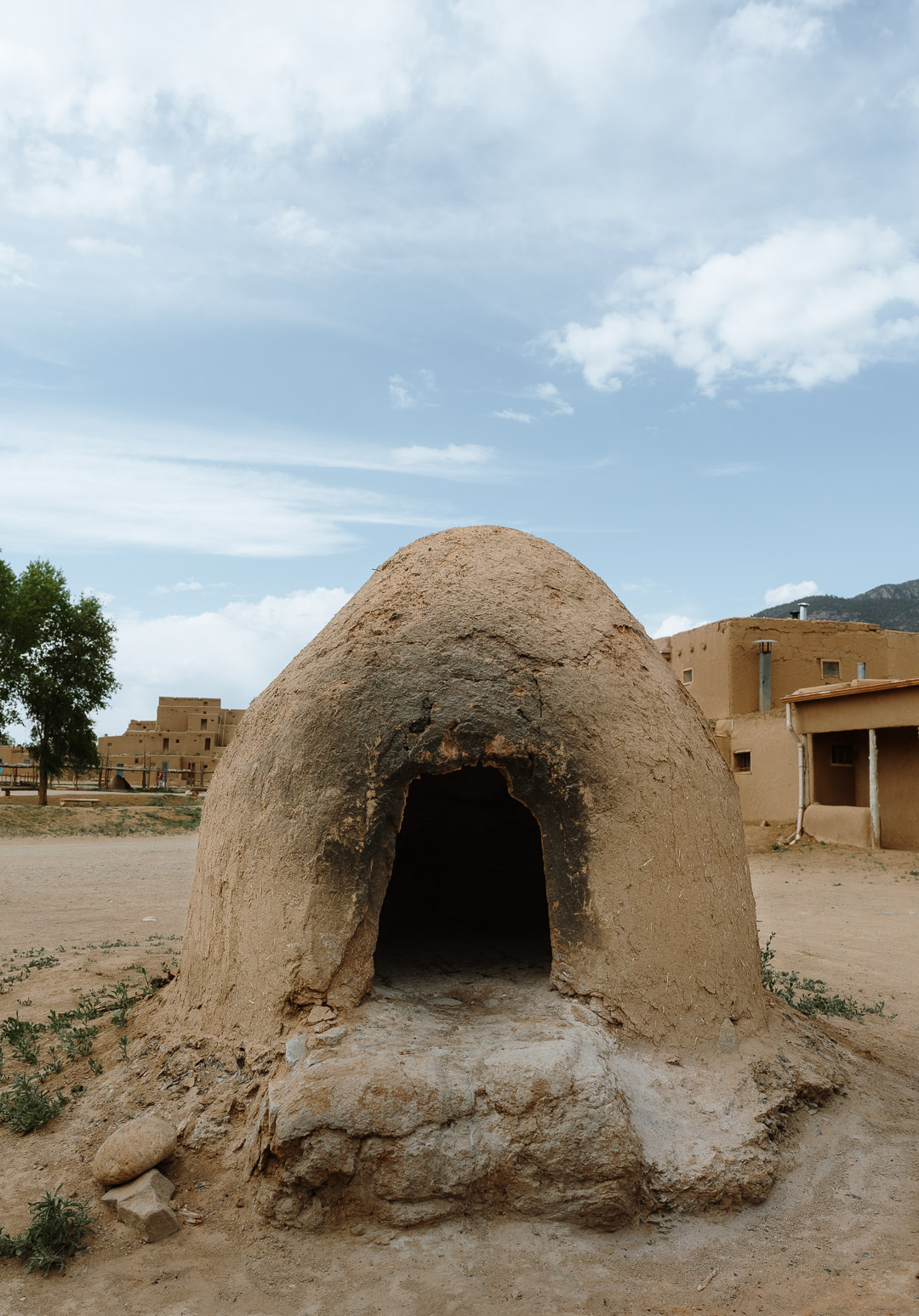
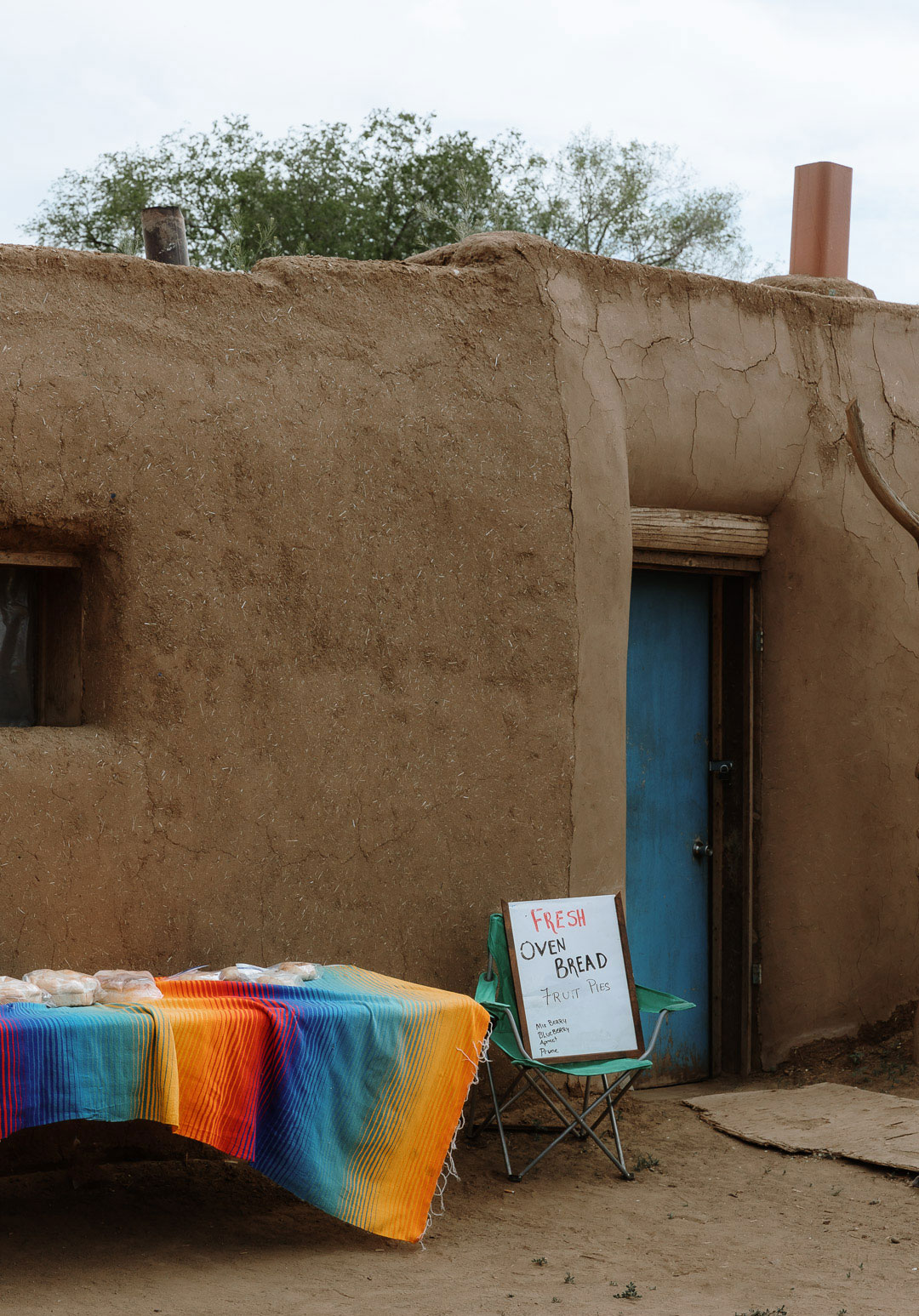
Trade and Transformation: Historical Foundations
Long before European contact, Taos Pueblo existed as a complex, dynamic civilization—a critical junction in indigenous trade networks stretching across the Southwest. Nestled against the dramatic backdrop of the Sangre de Cristo Mountains, the pueblo was more than a settlement; it was a sophisticated economic and cultural crossroads.
“Traditionally, we like to say ‘pre-contact’,” Spruce explains, “Taos Pueblo was a massive trade hub. We have built and maintained relationships with other tribes, serving as a meeting point where exchange feels natural and is integral to our story as a tribe.”
Archaeological evidence and oral histories reveal intricate trade routes connecting Taos Pueblo with communities from the Great Plains to the Pacific Coast. Obsidian tools, turquoise jewelry, and ceramic traditions demonstrate the pueblo’s role as a cultural and economic center. The systematic displacement of indigenous communities forced radical economic reimagining. Traditional hunting and fishing territories were systematically restricted, and craft production and art emerged as crucial economic lifelines.
The rise of “miniature” pottery movements, experienced on our Acoma Pueblo tour, allowed artisans to create more portable, travel-friendly goods – the expanding railroad network created new markets and visibility for indigenous artistry, with each vessel carrying stories of cultural continuity and adaptation.
“We had to find new opportunities to take care of our families,” she explains. “Our history as a hub of these networks of exchange, the longstanding traditions of welcome and interaction, underpins our culture today.”
Breading Bread
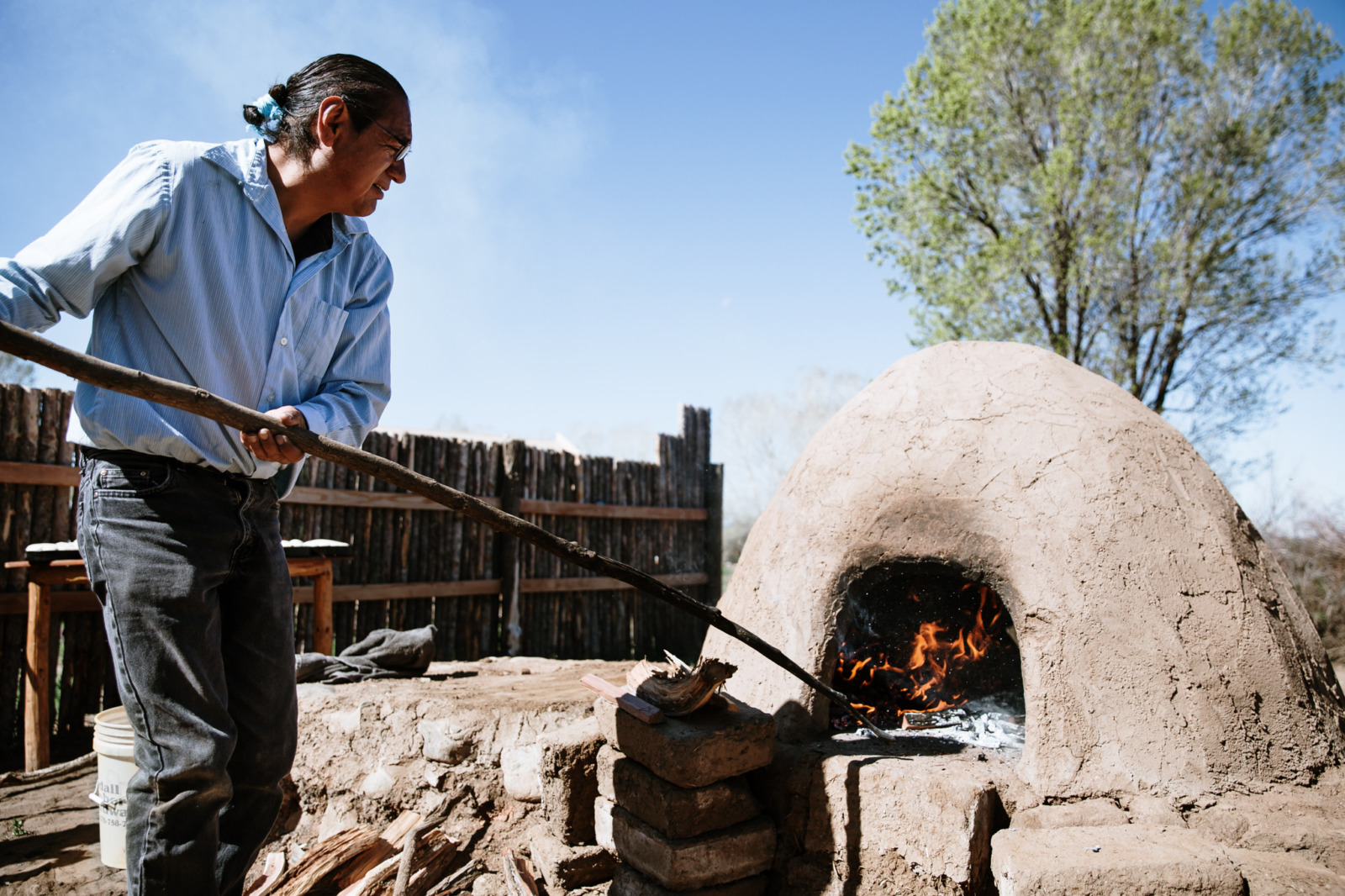
The collaboration between Spruce and Murray represents a nuanced, relationship-driven approach to cultural tourism.
“Careful curation has always defined my approach at H.I.,” Murray says. “Selecting the right guides and understanding seasonal pueblo closures which are challenging to maneuver is impossible without a partner. Ilona not only has similar goals, she has encountered many of the same challenges we have over the years and understands it takes time to get things right. Together we can do it even better.”
The two developed the Horno bread baking tour around the experience of a traditional wood-fired adobe oven. It represents more than a cooking demonstration—this tool, fashioned by earth and straw is an intimate portal into pueblo life. Local guide Geronimo (Jerry) not only shows how bread was baked in the way it has always been made but engages visitors in a hands-on activity for all the senses.
“Finding Jerry was key,” Spruce elaborates. “A big part of the consistency is finding the right guides. And it took a while to test things and have the right pieces that came into play.”
Tours designed to be conversations, not just presentations allow visitors to understand the pueblo is not merely a historical artifact but a modern, thriving community while immediate forming a connection for guests to generations of indigenous cooking traditions and knowledge.
Agency and Narrative Control
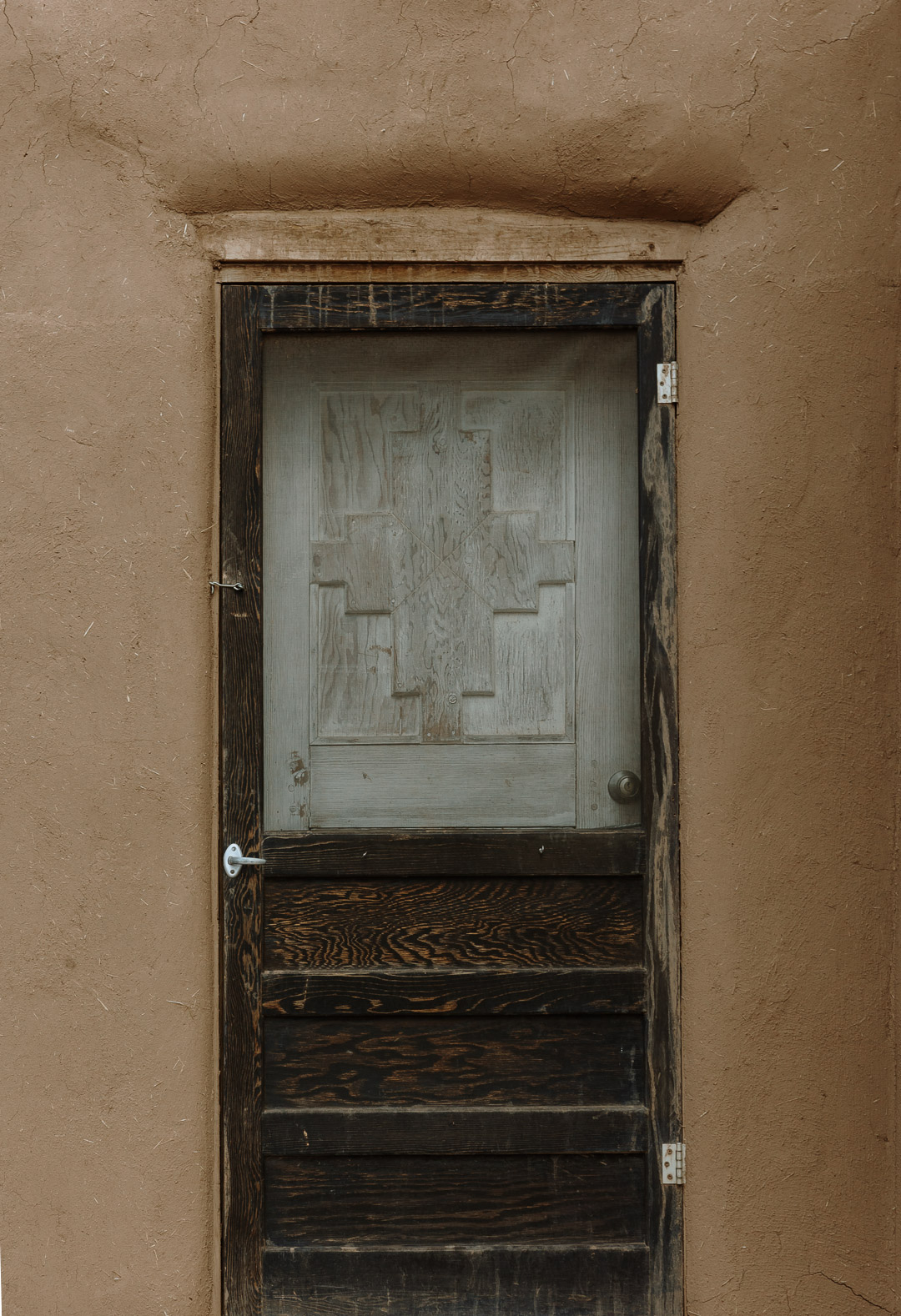 For generations, indigenous stories were filtered through non-indigenous perspectives—often romanticized, frequently misunderstood.
For generations, indigenous stories were filtered through non-indigenous perspectives—often romanticized, frequently misunderstood.
“The pueblo communities needed to be involved, to have agency in telling our own stories,” Spruce reflects. “The past has always been Anglo speaking for the indigenous… But in the last 10 years, we have been part of a sea change, where communities have a voice in their own timeline. Angelisa facilitates that nuance, making sure that any info made available to her clientele is cultivated from that community, not some third party.”
The shift represents more than a tourism trend. It’s a profound reclamation of narrative sovereignty. The state tourism board, which once proxied indigenous experiences without meaningful consultation, now seeks direct collaboration. Museums, tour operators, and cultural institutions increasingly recognize the importance of indigenous-led storytelling.
Education’s Invisible Framework
One thing that really sets a great tour apart from the rest is an intricate process of preparation, something guests normally don’t get to see.
“The prep beforehand is essential, so the experience feels seamless and effortless.” Murray says, “The thing is though, that collaborations with partners like Ilona are essential to the specialness of our tours. It’s important that this aspect isn’t lost on our guests. It’s something I have always wanted to expand upon and share, so doing it here is a great way to let our H.I. community dip in and learn a little more context, either before or after a tour on their own time. It’s part of the process and processing!”
The Emotional Landscape of Sharing
The decision to open one’s community to visitors is not without complexity. There are times when it’s overwhelming, but the stark contrast of the Covid-19 pandemic was revealing. Pueblo residents missed the human connection in all the isolation.
“Our Pueblo shop owners and residents were saying, ‘We miss seeing other people. Even the goofy questions!’”, Spruce laughs. “My role is to listen to our native community and help them step up and tell their stories in ways they are comfortable with. One way to do that is with great partners… and a bigger team here which is happening this year! We definitely have an interesting, dynamic season ahead of us!”


